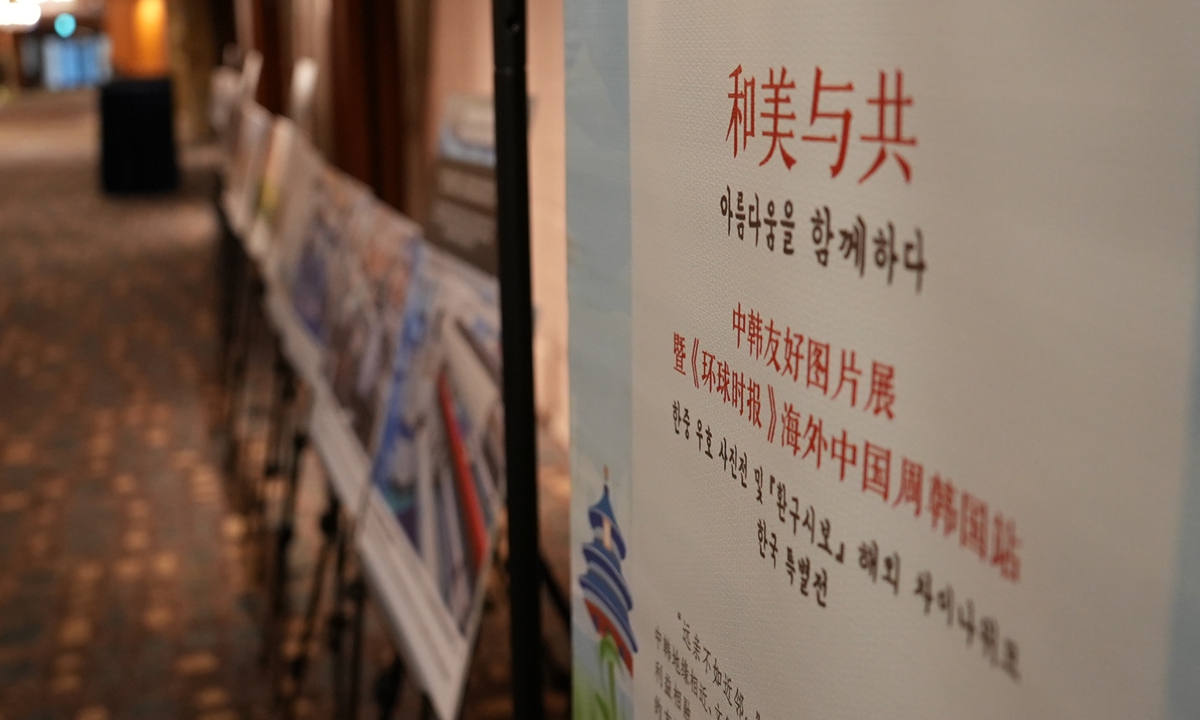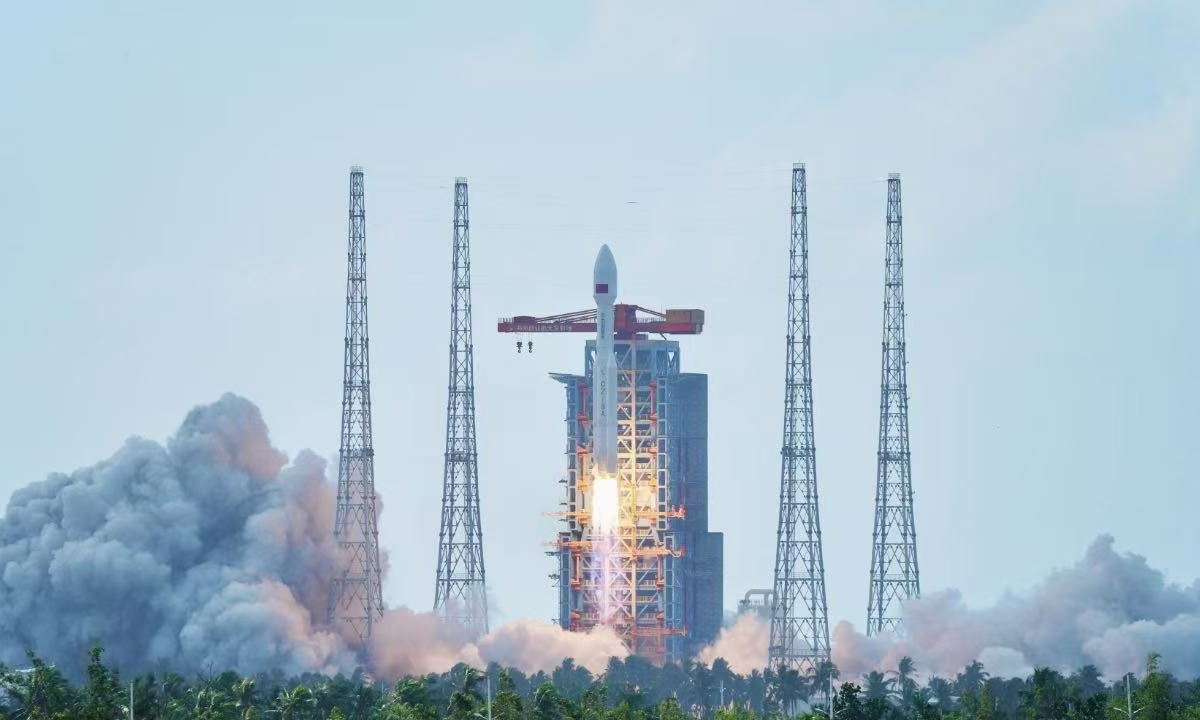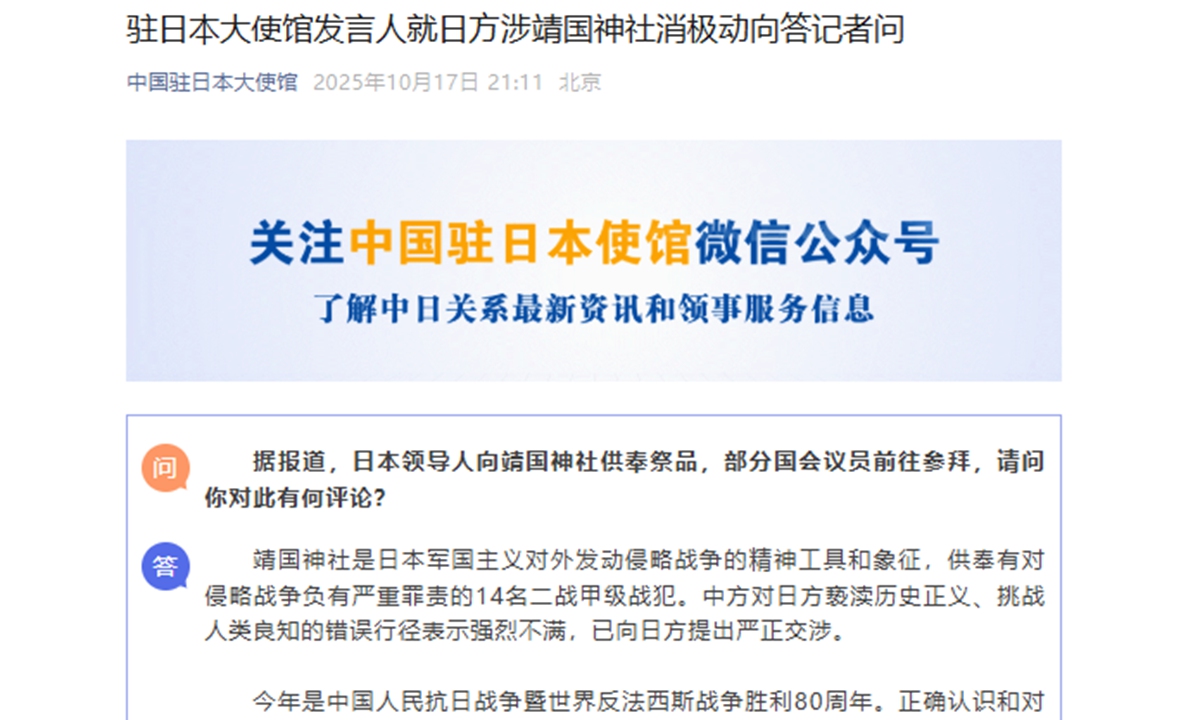China launched a Long March-8A carrier rocket at the Hainan Commercial Space Launch Site on Thursday, sending the 12th group of low-orbit internet satellites into preset orbit, marking the 600th successful flight of the Long March rocket series, the Global Times learned from the China Aerospace Science and Technology Corporation (CASC) on Thursday.
The Long March 8A carrier rocket was developed by the China Academy of Launch Vehicle Technology under CASC, while the satellites were developed by the China Academy of Spacecraft Technology, also under CASC.
During the launch, the professional testing and launch team for the first time independently undertook the range testing and launch tasks, taking full responsibility for operation in the general assembly and testing area, while design engineers only served as secondary inspectors.
In future missions, the testing and launch team will gradually take full charge of testing and launch operations in both the general assembly and testing area and the launch area, achieving greater specialization and standardization in launch site operations. The move aims to establish a professional testing and launch model suited for commercial space launch sites, enhance testing and launch support capabilities and meet the demands of higher-frequency launches in the future, the Global Times learned from the CASC.
According to Guan Zeke, a member of the professional testing and launch team for Long March-8A from the China Academy of Launch Vehicle Technology, rocket operations rely heavily on skill and experience, but safety risks, such as handling high-pressure gas at 35 to 36 megapascals, must be managed with extreme caution to prevent accidents.
Since the Long March-1 rocket successfully launched the Dongfanghong-1 satellite into space on April 24, 1970, the Long March series has completed 600 flights. This launch marks the fourth flight of the Long March-8A rocket since its maiden launch earlier this year, with the test team carrying out operations with more confidence, coordination, composure and standardization.
According to Song Zhengyu, chief designer of the Long March-8A rocket, few new launch vehicles manage to achieve high-frequency missions in the first year after their maiden launch, but the Long March-8A rocket initiated a high-frequency launch cadence right from its first flight.
To keep pace with the tight schedule, the team innovatively adopted a “test-and-launch pulse” model, which means as soon as one rocket is transferred from the vertical testing platform to the launch area, the next rocket immediately moves in to take its place, without waiting for the previous launch to be completed before starting preparations. This model enables seamless coordination between the vertical testing platform and the launch pad, sharply cutting the interval between launches and maximizing the utilization of launch site resources, Song told the Global Times on Thursday.
On September 23, the production and installation of the second vertical testing platform were largely completed, with electrical commissioning and the integration of ground support equipment continuing to proceed.
Once operational, the new platform will enable parallel testing of two rockets, effectively doubling the assembly and testing capacity. This will further increase the launch frequency, boosting the annual launch missions from 10 to around 20, better meeting the Long March 8 series’ future high-frequency demands.
Statistics show that the Long March rocket series have launched about 1,400 spacecraft, carrying out nearly 86 percent of China’s total space missions. With world-class success rates, launch frequency, orbital accuracy, and adaptability, the series underpins China’s key space programs, including manned spaceflight, BeiDou navigation, and Deep-Space Exploration, the Science and Technology Daily reported on Thursday.










